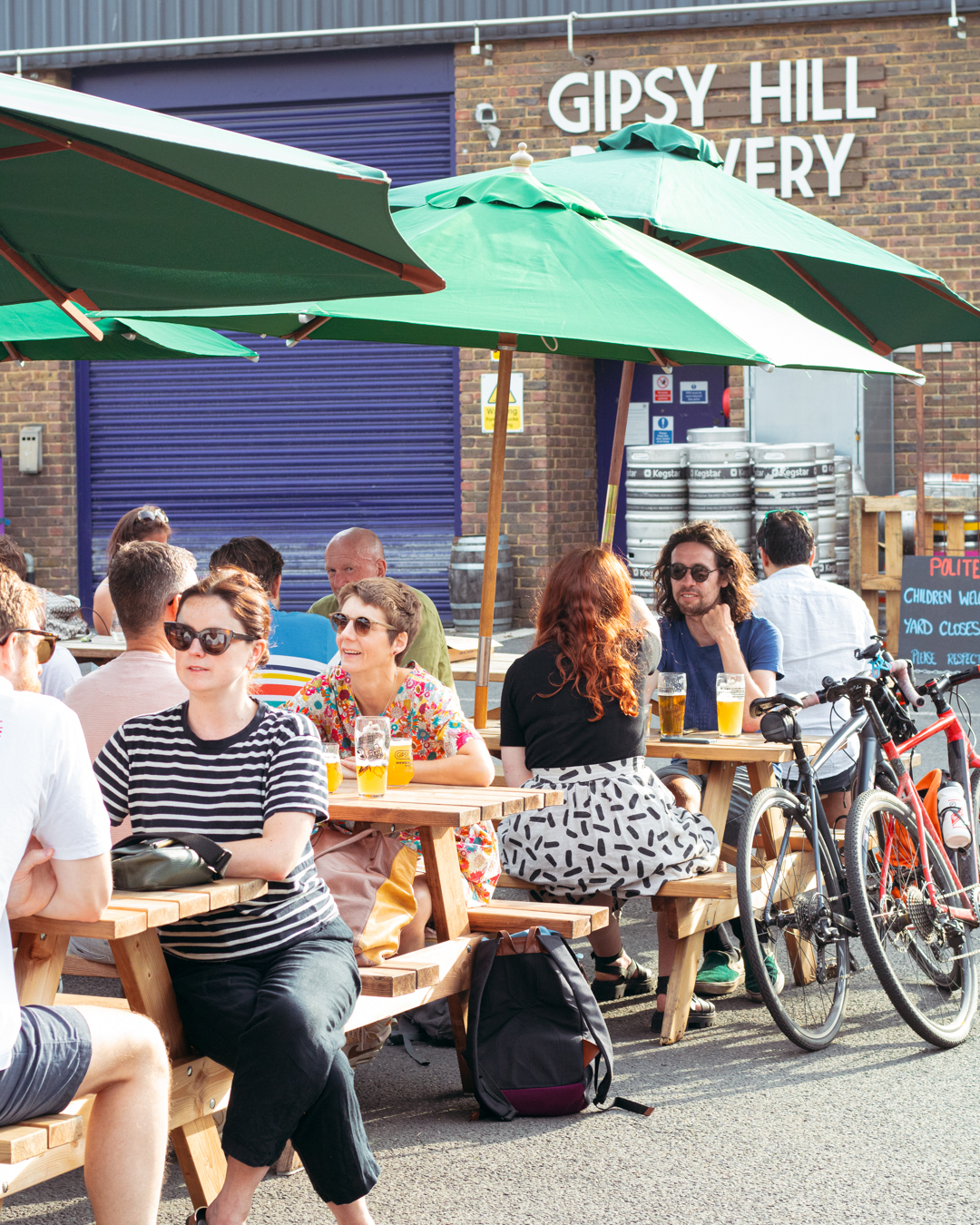CYCLING is a healthy and environmentally-friendly way of getting from A to B, but that doesn't mean riders are entitled to do whatever they please.
Cycling on the pavement is illegal in the UK, except in specific circumstances — for example, when there are dedicated cycle lanes on them.
Rule 64 in the Highway Code states that cyclists must not cycle on pavements.
Section 72 of the Highway Act 1835 also prohibits “wilfully riding†on footpaths, which includes pavements.
While police may exercise discretion when enforcing this rule, cycling on the pavement is still an offence.
Even in cases where cyclists feel unsafe while riding on the road, there is no provision for cycling on the pavement.
Cyclists may only ride on the pavement when there are dedicated cycle lanes situated on them, which are clearly indicated by lines and symbols.
Rule 62 in the Highway Code provides further guidance for how to behave when bike lanes are positioned alongside footpaths and pavements.
When a pavement is shared with pedestrians, cyclists must keep to the side marked for them.
If there are no separate markings, the cyclist should “take care when passing pedestrians, especially children, older or disabled people, and allow them plenty of room”.
Cyclists should also be prepared to stop or slow down if necessary in order to pass pedestrians.
What to do if there are no cycle lanes
When there is no cycle lane, there are two basic road positions cyclists should adopt, as Rule 72 in the Highway Code explains:
1) Ride in the centre of your lane, to make yourself as clearly visible as possible, in the following situations:
- On quiet roads or streets – if a faster vehicle comes up behind you, move to the left to enable them to overtake, if you can do so safely
- In slower-moving traffic — when the traffic around you starts to flow more freely, move over to the left if you can do so safely so that faster vehicles behind you can overtake
- At the approach to junctions or road narrowings where it would be unsafe for drivers to overtake you
2) When riding on busy roads, with vehicles moving faster than you, allow them to overtake where it is safe to do so whilst keeping at least 0.5 metres away, and further where it is safer, from the kerb edge. Remember that traffic on most dual carriageways moves quickly. Take extra care crossing slip roads.
Rule 73 in the code states you should use special cycle facilities at junctions, such as “small cycle traffic lights at eye-level height, which may allow you to move or cross separately from or ahead of other traffic”.
